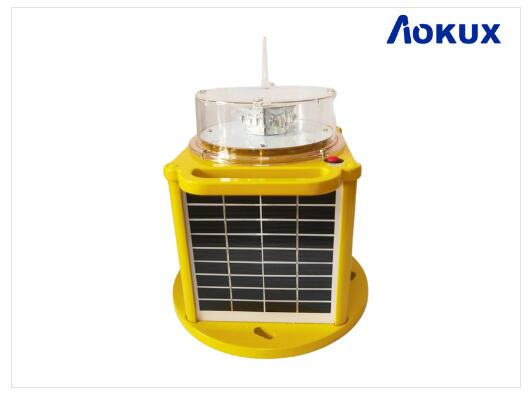
In the maritime world, the importance of effective lighting cannot be overstated. lantern marine plays a crucial role in ensuring the safety and efficiency of maritime navigation. From marking hazardous areas and guiding ships through treacherous waters to providing ambient lighting on vessels and coastal installations, lantern marine are indispensable. This article delves into the history, types, technological advancements, applications, and future prospects of lantern marine, emphasizing their importance in the maritime industry.
A Historical Perspective
lantern marine has a rich history that dates back centuries. In the early days of seafaring, mariners relied on simple oil lamps to navigate at night. These primitive lanterns, often enclosed in glass and mounted on ships or coastal structures, provided the first reliable source of light for navigation. As maritime trade and exploration expanded, so did the need for more sophisticated and powerful lighting solutions.
The development of the Fresnel lens in the early 19th century revolutionized marine lighting. This innovative lens design, which could focus light into a powerful beam, allowed for the creation of much brighter and more efficient lighthouse lanterns. These Fresnel lenses became a staple of lighthouses around the world, guiding countless ships to safety.
Types of lantern marine
Today, lantern marine come in various types, each designed to meet specific navigational and lighting needs. Here are some of the most common types:
Lighthouse Lanterns: These are the most iconic lantern marine, traditionally used in lighthouses to cast powerful beams of light visible from great distances. Modern lighthouse lanterns often use advanced optics and LED technology to enhance their brightness and range.
Buoy Lanterns: Mounted on buoys, these lanterns mark safe channels, hazards, and other navigational points in waterways. They are typically equipped with solar panels and LEDs to ensure continuous operation with minimal maintenance.
Masthead Lanterns: Found on ships, these lanterns are placed at the top of the mast to provide all-around visibility. They help prevent collisions by indicating the vessel’s position to other ships.
Deck Lanterns: Used on the decks of ships and boats, these lanterns provide ambient lighting for safe movement and operations on board, especially during nighttime or low-visibility conditions.
Pier and Dock Lanterns: These lanterns are installed on piers, docks, and marinas to illuminate the area, ensuring safety for both vessels and pedestrians.
Technological Advancements
The advent of modern technology has significantly transformed lantern marine, enhancing their efficiency, durability, and functionality. Some key advancements include:
LED Technology: Light Emitting Diodes (LEDs) have revolutionized marine lighting. LEDs are highly energy-efficient, have a long lifespan, and provide bright, focused light. They have largely replaced traditional incandescent and halogen bulbs in lantern marine.
Solar Power: Solar-powered lantern marine are increasingly common. They harness energy from the sun during the day and use it to power the lights at night. This reduces the need for external power sources and lowers operational costs.
Advanced Optics: Modern lantern marine often incorporate advanced optics, such as Fresnel lenses and reflectors, to enhance light distribution and intensity. This ensures that the light is visible over greater distances and in various weather conditions.
Smart Technology: Integration of smart technology allows for remote monitoring and control of lantern marine. This capability enables real-time adjustments to light patterns, intensity, and operational status, optimizing their performance based on environmental conditions and maritime traffic.
Applications of lantern marine
lantern marine are used in a wide range of applications, each crucial for maintaining navigational safety and operational efficiency in maritime environments.
Navigational Aids: lantern marine are essential for marking navigational routes, hazards, and harbor entrances. They provide critical guidance for vessels, helping them navigate safely through busy or hazardous waters.
Offshore Installations: Oil rigs, wind farms, and other offshore structures use lantern marine to indicate their presence and warn passing vessels. These lights play a crucial role in preventing collisions and ensuring safe operations.
Search and Rescue Operations: lantern marine are vital in search and rescue missions. High-intensity lanterns can illuminate large areas, making it easier to locate and assist vessels in distress.

Marine Research and Environmental Monitoring: lantern marine are used in research stations and environmental monitoring buoys. They provide essential lighting for researchers and ensure the visibility of monitoring equipment.
|
lantern marine |
lantern marine |
| 12 | 34 |
| 5 | 6 |